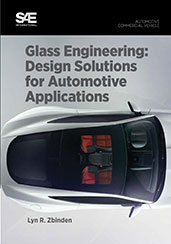Journal Article
Impact of Cetane Number on Combustion of a Gasoline-Diesel Dual-Fuel Heavy-Duty Multi-Cylinder Engine
2014-04-01
2014-01-1309
Dual-fuel combustion using liquid fuels with differing reactivity has been shown to achieve low-temperature combustion with moderate peak pressure rise rates, low soot and NOx emissions, and high indicated efficiency. Varying fractions of gasoline-type and diesel-type fuels enable operation across a range of low- and mid-load operating conditions. Expanding the operating range to cover the full operating range of a heavy-duty diesel engine, while maintaining the efficiency and emissions benefits, is a key objective. With dissimilar properties of the two utilized fuels lying at the heart of the dual-fuel concept, a tool for enabling this load range expansion is altering the properties of the two test fuels - this study focuses on altering the reactivity of the diesel fuel component. Tests were conducted on a 13L six-cylinder heavy-duty diesel engine modified to run dual-fuel combustion with port gasoline injection to supplement the direct diesel injection.

